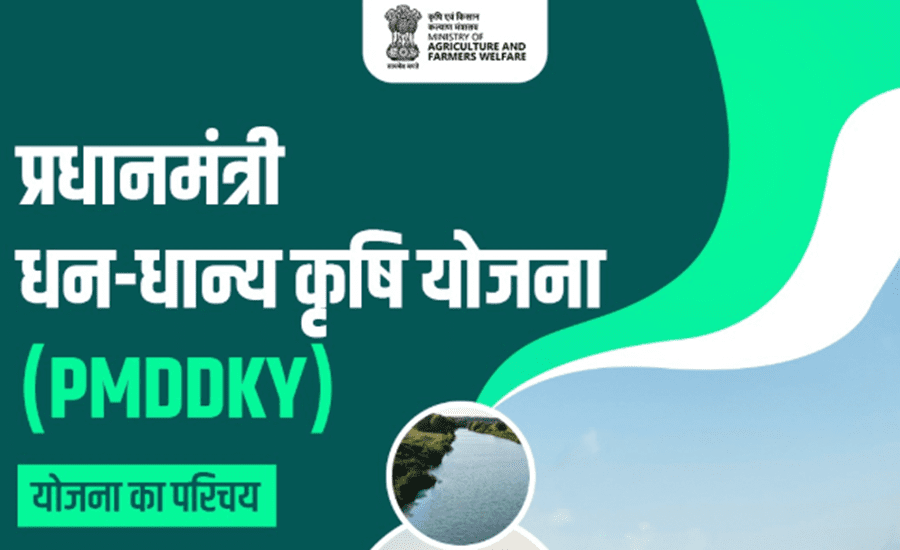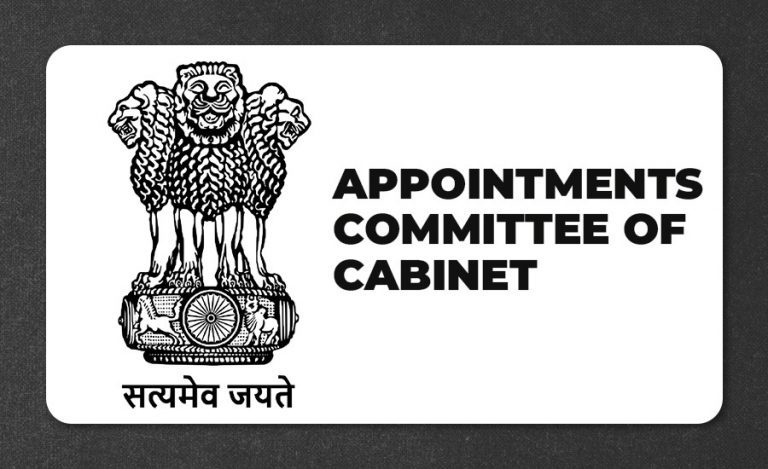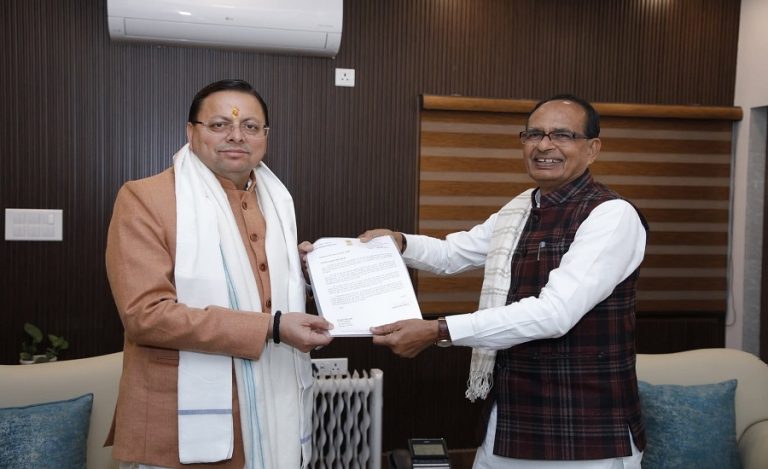In a significant policy push to address regional agricultural disparities, the Central Government has identified 100 districts across India as “Aspirational Agricultural Districts” under the ambitious Pradhan Mantri Dhan Dhanya Krishi Yojana. The goal is to catalyze rural transformation by improving farm productivity, livelihoods, and market linkages.
Also Read: From Villages to the Stars: Uttarakhand Launches India’s First State-Level Astro-Tourism Drive
Among the selected districts are Chamoli and Almora from Uttarakhand, both of which have long struggled with agricultural underperformance due to harsh geography, lack of irrigation, and low economic activity.
Why Chamoli and Almora Were Selected
Despite their natural beauty, Chamoli and Almora face critical agricultural challenges:
- Almora is deeply impacted by migration, leading to abandoned farms and low productivity.
- Chamoli suffers from unpredictable weather and terrain-related constraints.
- Both districts show limited livelihood options, low purchasing power, and weak entrepreneurship ecosystems.
The districts have fallen behind due to poor access to irrigation, inadequate post-harvest infrastructure, and limited exposure to advanced farming techniques.
Government’s Revamp Strategy: Multi-Department Convergence
The plan includes saturating these two districts with integrated schemes from 11 central departments, aiming to bridge the rural development gap in a six-year mission.
Departments involved include:
- Ministry of Agriculture and Farmers Welfare
- Department of Agricultural Research and Education
- Fisheries, Animal Husbandry and Dairying
- Ministry of Rural Development
- Water Resources
- Cooperation
- Skill Development and Entrepreneurship
- MSME
- Food Processing
- Revenue Department
An extensive baseline survey will be carried out to assess agricultural zones, crop productivity, irrigation access, marketing channels, soil health, crop insurance, and livelihood resources before rolling out interventions.
Nodal Officers Appointed to Drive Local Implementation
To ensure efficient monitoring and on-ground implementation, the central government has designated senior-level nodal officers:
- Ms. Radhika Jha (2002-batch IAS officer), Joint Secretary, Ministry of Women and Child Development, will oversee Almora.
- Mr. Ashish Joshi (2006-batch IAS officer), Joint Secretary, Ministry of Petroleum and Natural Gas, will oversee Chamoli.
Their role will include inter-departmental coordination, stakeholder engagement, and reporting progress to NITI Aayog, which will act as the national-level monitoring agency.
Long-Term Goal: Making Chamoli and Almora Lush and Self-Sufficient
The initiative aims to transform these backward hill districts into vibrant agricultural zones. Through this effort, the government envisions increased farm incomes, sustainable resource use, youth engagement through entrepreneurship, and reduced migration.
This model of focused agricultural rejuvenation will serve as a national benchmark for future rural transformation efforts.
What Happens Next?
- Baseline survey begins across both districts.
- Scheme saturation through convergence of resources from 11 departments.
- Monitoring by nodal officers and NITI Aayog.
- Six-year transformation roadmap to be rolled out phase-wise.
This move reflects the Centre’s commitment to inclusive rural growth and equitable development across states.



























